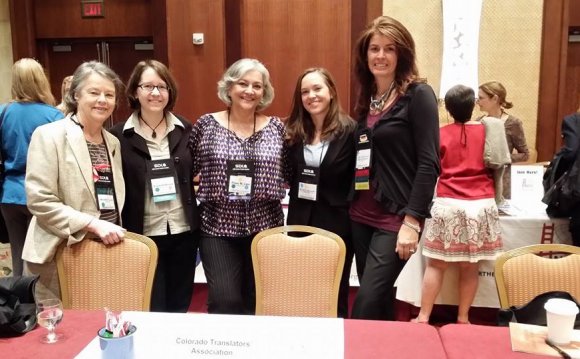
In the United States a certified translation consists of the following three parts:
1) The source-language (original) text
2) The target-language (translated) text
3) A statement signed by the translator or translation company representative, with his or her signature notarized by a Notary Public, attesting that the translator or translation company representative believes the target-language text to be an accurate and complete translation of the source-language text. Sometimes this statement bears the title “Certificate of Accuracy” or “Statement that Two Documents Have the Same Meaning.” ATA-certified translators can attach their certification stamp to the notarized statement.
Please note that any translator and any translation company representatives, regardless of credentials, may “certify” a translation in this way. A translator does not need to be “certified” in order to provide a “certified translation.” It is also important to realize that the Notary Public seal assures only that the signature is that of the person who presented him or herself to the notary; The Notary Public is not attesting to the accuracy of the translation.
What is a certified translator?
In contrast to many other countries, in the United States there is no federal or state licensing or certification for translators. There are some credentials available to translators working in some language pairs in this country, but they do not carry the same weight–in the marketplace or in the translation community–as federal licensing or certification in other countries.
The American Translators Association offers translator certification in various language pairs. ATA-certified translators are required to specify the language pairs and directions in which they are certified. For example, a translator certified in German to English is not necessarily certified in English to German.
Please note that there are many languages for which there is no type of certification or screening available in this country. There are many excellent, experienced translators and interpreters who are not certified.
In the United States it is not necessary to be certified or licensed in order to provide a certified translation for official use, unless the entity receiving the translation specifies that the translation must be done by an ATA-certified translator.
See also:- SEO tools. Discount 50% online group buy Quillbot 77 dollars to buy.
MORE TRANSLATION VIDEO












